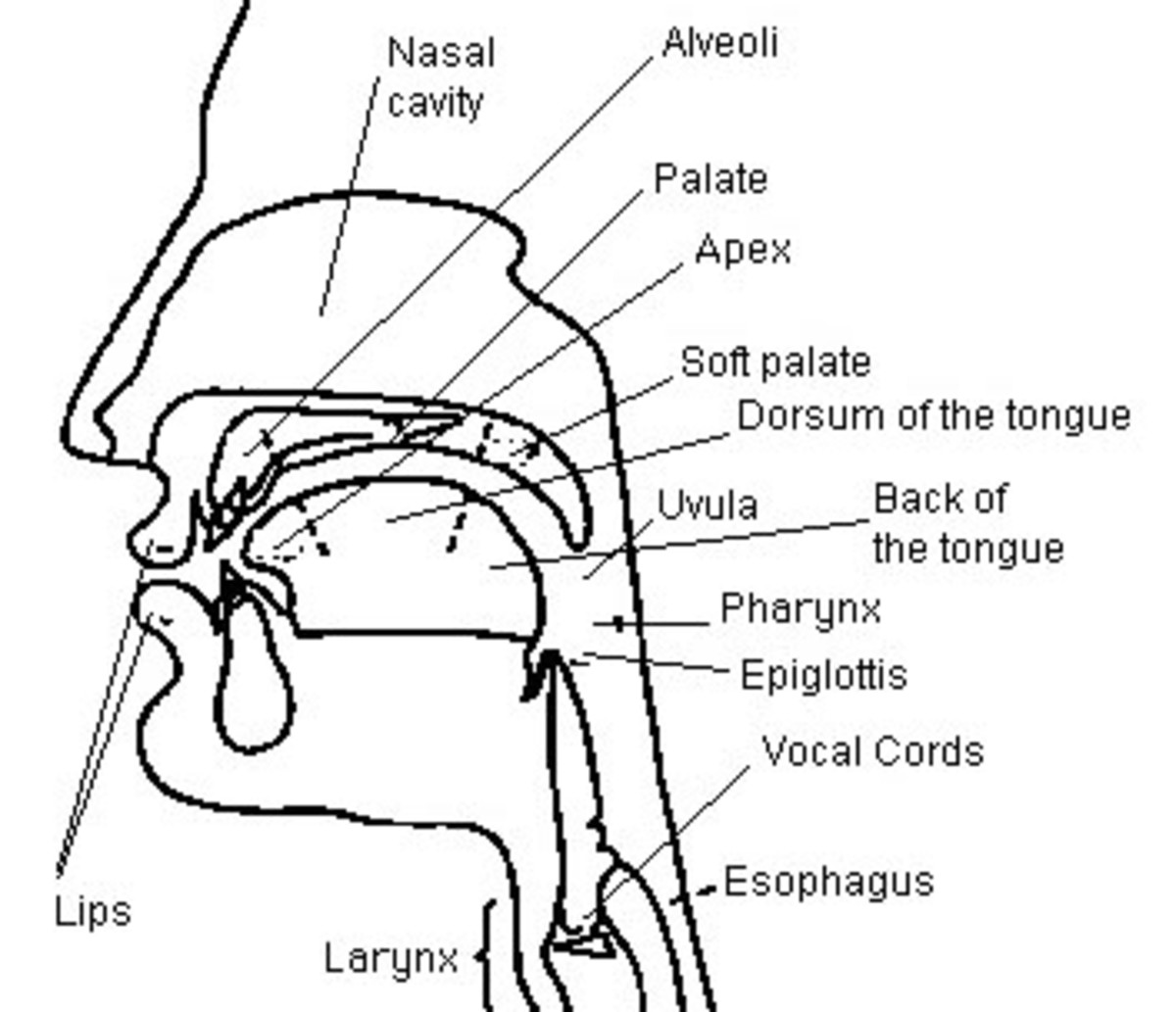Learning or Teaching a New Language
Learning or Teaching a New Language The Fast, Correct, and Natural Way
If you are about to start learning a new language, or if you are a teacher of a language foreign to your students, you’ll naturally want to do it in the fastest, most effective way possible. This method is commonly called the “Natural Method of Language Acquisition” which has been used for literally over 5,000 years. In fact, you’ve used this method yourself, when you first learned to speak your mother tongue.
Before going into how this works, let’s first look at the method of language learning that we typically experience in high school and college, as this is well understood by anyone who’s taken a language class. In formal education, we typically begin by learning the grammar of a language, and then see the word written on a board, we write the word, hear and say the word, and as time goes on, speak the language in whole phrases. This is basically the opposite way that we learned our first language, and thus is alien and not as compatible to our brains. It’s almost like going to grandma’s house by going over the river and through the woods our entire lives and suddenly taking a new route, which gets us lost a few times before finally arriving. Why fix what isn’t broken, yes?
In the Natural Method, first we hear a language being spoken. The teacher will speak slowly and clearly (in relation to this, imagine how parents speak to their infants, and why experts say never we should never speak “baby talk” to our young, as it only confuses them). Not only will the language be spoken immediately, but also it will be the ONLY language spoken. For many people this can be quite difficult if another method is used to teach the language; however, when the natural method is used, while difficult for some initially, they will quickly accept and utilize this method of language acquisition.
To begin, the teacher will instruct each student to repeat a given word or short phrase. By doing this, memory is stimulated, as utilizing the body in relation to a piece of knowledge helps one to remember (much as when we write a word or phrase down repeatedly so that we can learn it). This is furthered by a reply given and practiced, and then utilized by students in pairs.
An example would be
Student 1: “Hello, what is your name?”
Student 2: “My name is Giaccomo.”
In time, the students will see how the words they’ve just learned are written, and they will continue to say the words, and only after saying the words again, will they write these words down.
Finally, after a large array of words and phrases has been learned, grammar comes into play within the classroom. First the alphabet will be shown to the class, and then the ever-more refined grammatical points will be taught, often in the new language. However, each new word or phrase will follow this natural method of language learning.
As you see, this is the opposite method of learning and teaching a second language as used in most high schools in the English-speaking world, although it is now the predominant method used in ESL schools throughout the world as its effectiveness is not matched by any other method known to this author. Good Luck!








